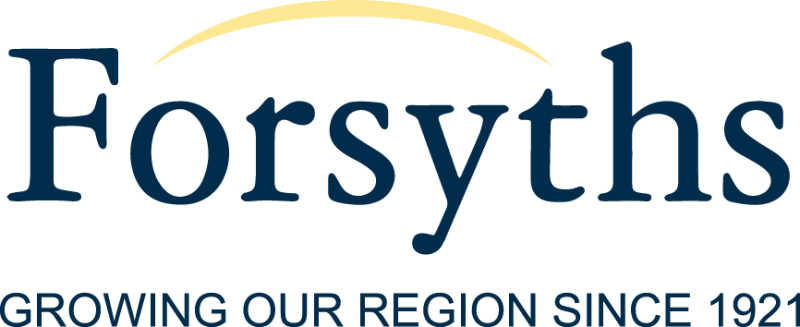
2022-23 Budget 2.0 Summary
The Government appear keenly aware of the economic balancing act taking place, keeping the budget predominantly to election promises and
redirecting existing initiatives to avoid exacerbating inflationary pressures. As the Treasurer said “Australians know this is a time of
great challenge and change.” The cost of living pressures will continue. While some initiatives such as the increase to child care subsidies
will help, the Budget flags some fairly bracing economic expectations.
Below is a summary of the 2022-23 Budget 2.0.
- At this stage there is no intention to extend the instant asset write-off. This will cease on June 30, 2023.
- No extension of the Low and Middle Income Tax Offset (LMITO). Ceased 30/06/2022.
- Stage 3 tax cuts will still go ahead. (Stage 3 cuts the rate that applies to incomes over $45,000 from 32.5 cents in the dollar to 30 cents then extends that 30-cent rate all the way up to $200,000). This will commence on July 1, 2024.
Individuals
- Child Care Subsidy increase (As previously announced, the maximum Child Care Subsidy (CCS) rate will increase from 85% to 90% for families earning less than $80,000. Subsidy rates will then taper down one percentage point for each additional $5,000 in income until it reaches zero per cent for families earning $530,000)
- Paid parental leave reforms (From 1 July 2024, the Government will begin expanding the scheme from the current 18 weeks by two additional weeks a year until it reaches a full 26 weeks from 1 July 2026. Both parents will be able to share the leave entitlement, with a proportion maintained on a “use it or lose it” basis, to encourage and facilitate both parents to access the scheme and to share the caring responsibilities more equally. Sole parents will be able to access the full 26 weeks)
- $4,000 credit to the ‘work balance’ of age and veteran pensioners (The temporary income bank top-up will increase the amount pensioners can earn in 2022–23 from $7,800 to $11,800, before their pension is reduced, supporting pensioners who want to work or work more hours to do so without losing their pension)
- Aged care reform to cap prices of home care providers and remove exit fees
- Additional funding for floods and natural disasters
- Lifting the income limit on Seniors Health Card (Old Single $61,284 couples combined $98,054 to new single $90,000 couples combined $144,000) Income support asset test extended on proceeds of sale of main residence
- One-off increase to total and permanent incapacity payments to veterans.
Superannuation & investors
- Change to taxation of off-market share buy-backs by listed companies (From Budget night, 7:30pm AEDT, 25 October 2022, the Government intends to align the tax treatment of off-market share buy-backs undertaken by listed public companies with the treatment of on-market buy-backs.)
- ‘Downsizer’ eligibility reduced to 55 (reduce the age an individual can make a ‘downsizer’ contribution to superannuation from the current 60 years to 55 years of age)
- 3-year SMSF audit requirement scrapped (funds still require to be audited every year as opposed to the proposed three years).
Business & employers
Energy efficiency grants for SMEs (Grants to help small and medium business fund energy efficient equipment upgrades. no detail yet
available).
If you require further clarification and how the recent budget outcomes impacts your personal circumstances, please contant your
Forsyths representative on 1300 447 007.



